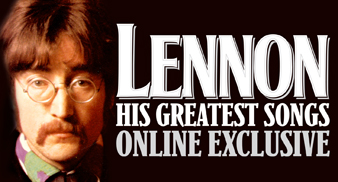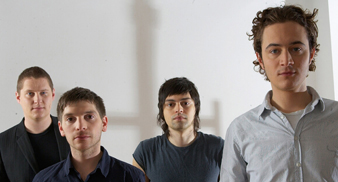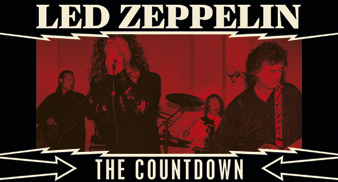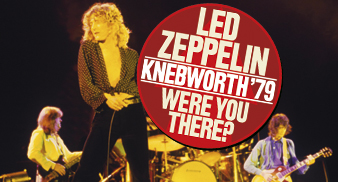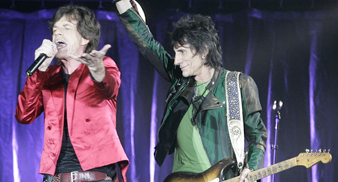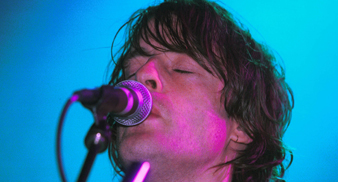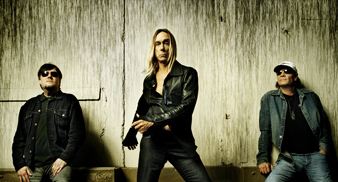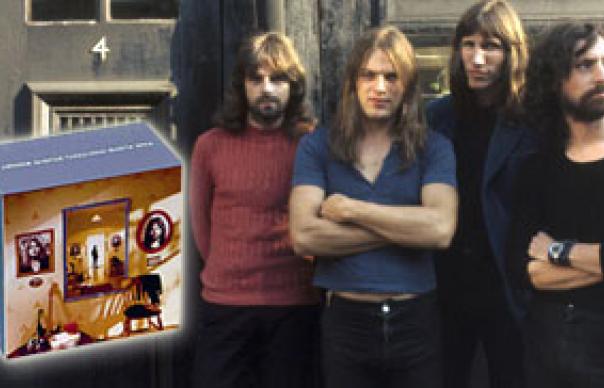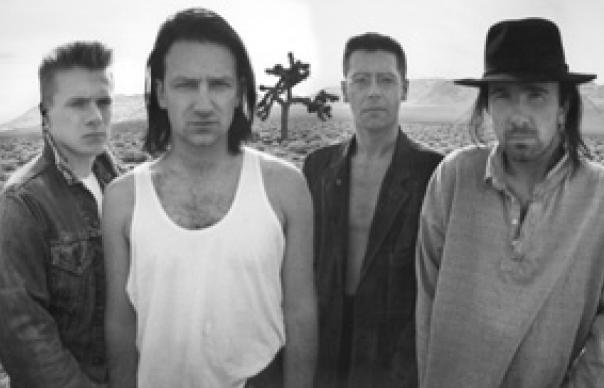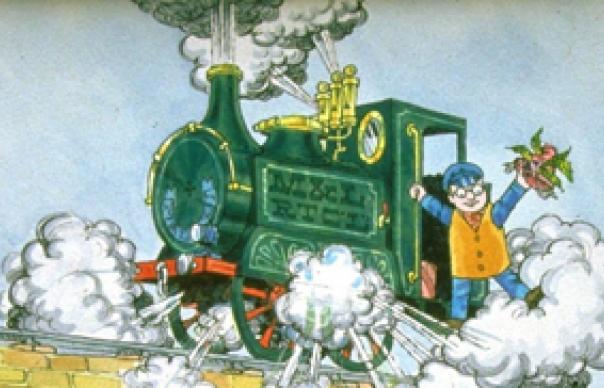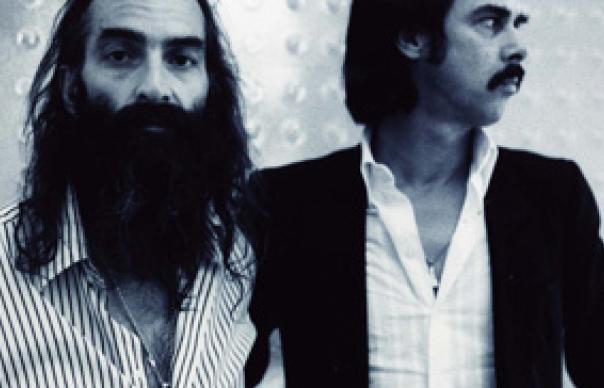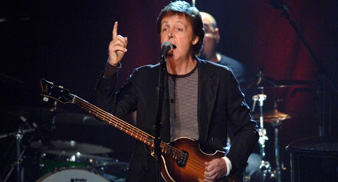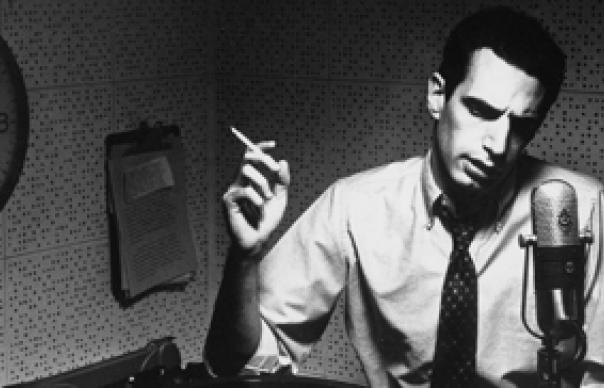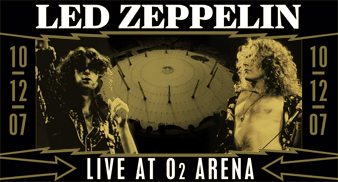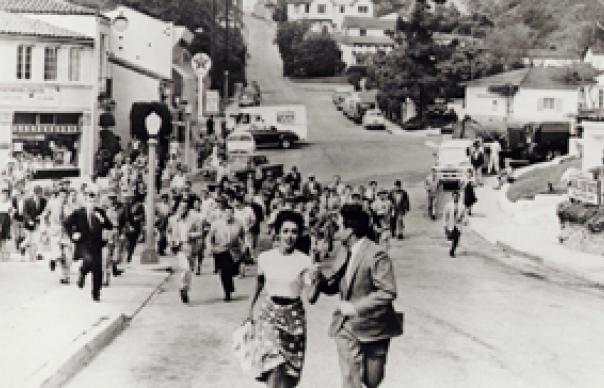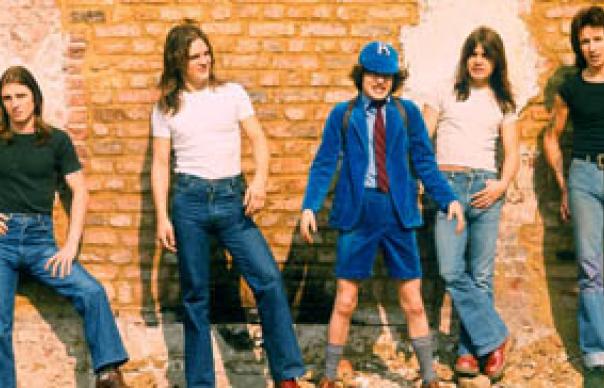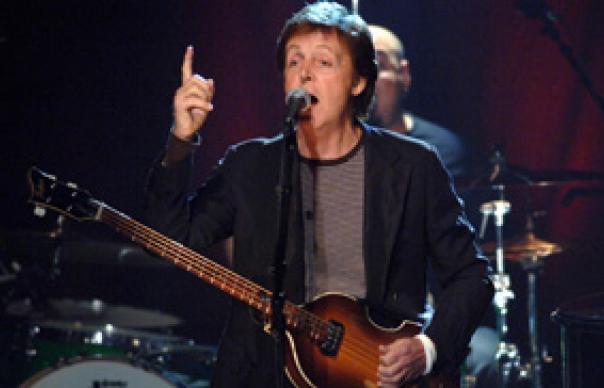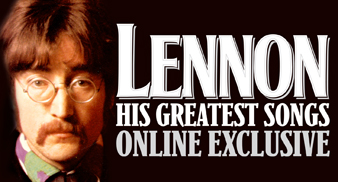In last month’s UNCUT magazine – we delved back into the photo archives to bring you Simon Fowler’s memories of recording the sell-out record-breaking attendence show – now with Led Zeppelin about to do it all again, here we publish your memories from 1979.
~
Dena Zarans:
If only I hadn’t persuaded my parents to take their scheming daughter plus best friend Pauline to Loch Ness on holiday with them. Strange, said daughter’s new found passion for Scottish heather and mist. They had put it down to an art student’s zest for nature and mythical glen. Little did they suspect their daughter’s hidden agenda of tracking down the whereabouts of Jimmy Page’s country retreat. After all, was it not an open secret in certain circles that Pagey was only too willing to invite tired, lost and thirsty fans in for tea and biscuits? Especially two attractive waifs like us, I cunningly mused!
If only those journalists hadn’t taken an interest in us in the ‘Cats Whiskers’ last night. Why were we in the Highlands and what did we hope to see and do? With a leading question like that I couldn’t resist my opportunity and spilled the beans.
Pauline, of course, took the artistic route and claimed to want to see the satanic murals in Pagey’s Boleskine House, former home of “The Beast”, Aleister Crowley. As my motives were highly ulterior, I went along with this but kept quiet about any further ambitions. To crown it all it was my 21st birthday and our friendly bloodhounds had decided that a present was in order. Not only this (and more to the point), what a good story it would make for their little rag. It was proposed that the next morning they’d transport us to Page’s lair and write about whatever transpired. Eek.
No sleep was had that night. Excitement mounted and by morning enthusiasm had turned to abject panic. Make up was trowelled on and countless cigarettes consumed, unlike the proffered haggis breakfast. I’m sure the owner of the B&B had deduced we were about to rendezvous with a Bay City Roller and not a serious musician, such was our demeanour at the prospect.
Our chauffeur arrived. The journalist who was doubling as the photographer, drove around the edge of the Loch until finally we arrived at two imposing wrought iron gates. Our disappointment must have been tangible when we found that the gates were well and truly locked with no apparent way of gaining admittance or attention. However, I’d spied a hole in the wall and somehow persuaded Pauline to join me in crawling through it. At this point our journalist friend renounced all responsibilities for our actions, wanting to retain the good relations cultivated between press and Jimmy Page.
So there we were, on our own. Suddenly two enormous black Dobermans, bounded out of nowhere at us. Pauline, who is almost 6ft, immediately hid behind me (I’m 5ft 4in) and used me as a human shield. The dogs leapt and just as I was anticipating the cold pain of dagger-like fangs ripping into my flesh, the feeling of something warm and slimey sloshing all over my face overwhelmed me. Yes, we were being licked to death! Jimmy’s Hounds of Boleskine greeted us with the waggy tails and sloppy embrace of long lost playmates.
Then from behind a hillock came a shout:
“Oi, you, get outta there or I’ll set the dogs on ya!”
“Oh yeah?” Thought I.
An angry, red faced thug sprang off a lawnmower and headed toward us. Still sputtering, the garden-bouncer began his tirade again, including the morsel that Jimmy wasn’t there. With eyelashes fluttering wildly we apologised profusely and attempted the logic of having broken into Mr. Page’s property for a cup of tea. It didn’t wash. We turned tail and scurried off in the direction of the gates, closely followed by the gardener.
After being unceremoniously evicted, this time through the more traditional exit, our reporter was allowed photographs of us by the gates of Boleskine which were subsequently published in the Inverness and Highland News.
Ah well, we’d tried. Not to wallow in failure, we consoled ourselves with what lay in store for us the following weekend. Knebworth. On the Friday night, a sparsely covered encampment greeted us at the grounds surrounding the grassy arena. With only a few tents speckled here and there we had the choice of prime position. A fire was lit and in a haze of exotic herbal substances canvas and pole were miraculously erected.
We retired to our tent exhausted by our efforts and promptly fell asleep. 2 hrs later we crawled out bleary-eyed and couldn’t believe what we saw. A city of tents had mushroomed in the intervening hours and how many thousands there were was anyone’s guess. It really was magical and a sight I’ll never forget. I’m sure anyone who was there will remember the atmosphere and camaraderie of this almost mediaeval encampment preparing for battle, regardless of how spaced out the troops were!
The gate would open at 4 am. I’d brought an alarm clock (sad, eh?) and at 3 am it rudely announced that today was The Day.
Hastily trying to apply mascara in torchlight and pull on skin tight loons whilst simultaneously avoiding the knees and elbows of four others is something I said I would never do again and have kept to my word. We walked at an ever quickening pace to the gate of the arena area. Impatient to get to the stage, when the gate was eventually opened we all tumbled in, running like the wind for pole position. Pretty damn excellent really – we ended up a few makeshift rows from the front.
My boyfriend had decided to celebrate my 21st birthday of the previous week with a bottle of Moet and Chandon, a packet of bacon Frazzles and one of Link’s specialities – a three-pronged herbal cigarette. 6 am and all was well.
Most of the day passed by in a series of befuddled images: Todd Rundgren leaping through the air, arms akimbo and guitar flying, our escape of Chas and Dave all the more desperate, as negotiating the latrines was deemed preferable to the endurance of their set. So much for abstinence. Misplaced person of the day had to be the spikey-haired bleached-blond punk in leathers and chains who’d either lost his way or come to get an education.
Finally, when our reserves of patience could stand it no more, the light went down and Zeppelin hit the stage. It had been four years since they had played in England. I remember the roar of 250,000 people as they arrived onstage. The opening anthems included “The Song Remains The Same” and “Celebration Day” and I believe it was the first time I was to hear “In The Evening”. I have an abiding image of Jimmy Page enveloped in a lazer beam pyramid, a lone figure to the right of the stage, thrashing the bow across his guitar and bathed in blue light. Amid multiple encores, “Heartbreaker” and “Communication Breakdown” saw them out and left us ecstatic, wondering when we would see them again. I thank God we are not afflicted with the burden of foresight.
How we ever found the tent that night I shall never know.
As a postscript I want to take you full circle to 1994 and the Zeppelin Convention. For some reason I had decided to take with me that newspaper cutting of Pauline and I at Boleskine. Jason Bonham had turned up and was announcing that he’d sign autographs for £5 each, which would then go to charity. I couldn’t resist and took the cutting up with me for him to sign. Whilst I was telling him the story of our jaunt up to Jimmy’s house, there was a guy, obviously a friend, listening intently at Jason’s shoulder with an amused twinkle in his eye. As I concluded my tale and prepared to go, the stranger turned to me and said: “You know that evil looking bastard who chased you out of Boleskine? Well that was me…..”
~
Ove Stridh:
Two of my friends and I left our little Swedish village and went out in Europe by train on inter rail tickets. Our first planned stop was in London to meet up with some other friends from Sweden before going up to Stevenage and the Knebworth festival. First of all we started up with a nice party in Hyde Park and later in some pub nearby.
The next day we had some hangover but we managed to get all the people together and jumped on the train to Stevenage. I had been there once before in 1975 to see Pink Floyd. When I bought the ticket for this festival my main reason was to see The New Barbarians but by now we knew that they had cancelled their gig for this, the first weekend. Well, I thought it might be some fun to see Led Zeppelin as well and a rock festival is always a nice way to spend some time.
We spent the most of the night before the festival in one of the big tents in the camping area drinking all the beers and whisky we had bought in Stevenage. A sleeping bag each was all the baggage we had. While we were drinking our beer in this tent some guy near us got so drunk that he became unconscious and threw up on one of my friends’ sleeping bag.
It was hell of party that night and in the middle of the night there was a rumour that the gates would open at four o’clock in the morning so we moved outside just up at the gates. A special thing that I remember is that one person out in the dark night first shouted “Wally” and then a lot people shouted back “Bloody Wally” and that continued for hours.
Well sometime in the morning the gates opened and we got in but we were not too quick so we did not get so good spot in the field, quite near the stage but a bit on one side.
I don’t remember so much of the other bands that played that day but we had so much fun and enjoyed all of it even if I missed The New Barbarians. I also remember the poor people who tried to stand up for digging and dancing and then got hit by a rain of cans and bottles.
Led Zeppelin was really great and I remember a policeman who went completely wild during “Whole Lotta Love” he was so happy and dancing. After some encores most of the people started to move out of the arena and we wanted to do same, all of us except a guy called Christer. He’s a true hardcore Zeppelin fan and he kept saying, “No you idiots we can’t go now, they will play at least one more song” but we started to walk in the dark to get somewhere to put out our sleeping bags and sleep.
When we had walked for about 500 meters we could hear the the band coming out on the stage and they started to play again.Our friend Christer actually began to cry and screamed to us, “Now you see you fuckin’ morons, they are playing ‘Heartbreaker’ and here we are in the middle of nowhere, I will never forgive you guys”.
He did never forgive us but now he’s going to London for the concert there. I’m very glad for him!
~
Teddy Lindgren:
Happy to borrow the money I needed, from my mum, to pay for the ticket and the inter rail pass, I was soon on my way, by train. Copenhagen (with all that comes with that), Amsterdam ( did anybody say The Milky Way?), ferry from Hoek van Holland to, was it Felixstowe or Harwich? Can´t really remember…
But I remember my company on the local train to Knebworth. A bunch of crazy, English dope/acidheads soon adopted me. One guy even had ACID tattooed on his knuckles. But they were really nice blokes and they were, like me, totally Zepfreaks.
After a long walk from the station, we finally got to the big field or park or whatever it was, far out in the country, as it seemed to me. This was late in the evening, the day before the concert. There was thousands of people there and fires were burning and I thought I had the time of my life. Until it started to rain… But these nice gentlemen from the train covered me with plastic blankets that they, professionals as they were, quickly got from their backpacks.
I remember some kind of comedy duo – ”Chas and Dave”? Singing a silly song about a rabbit. I remember Southside Johnny sounding like Springsteen. I don´t remember hardly anything about Rundgren. Didn´t know who he was and thought it sounded boring.
Then the New Barbarians was on… I was at a really good spot, 20 metres from the stage.
A few moments before the show started, lots of Richards lookalikes, stumbled their way through the crowd, to get as close as possible to their mentor. When the Barbarians left the stage, the Richards-clones also left. “Fucking heavy metal!” was all they had to say about Zep! The band played some Stones tunes, some Faces and Ronnie Wood songs and a few funky things, as far as I remember.
Then after some delay, Led Zeppelin took over the place!
At this time they were superior, in my world, and Robert Plant for sure was that Golden God he claimed to be himself. Being in this place, in a foreign country, with all these people, 250000?, ( shit, a rumour even said a woman gave birth to a child at Knebworth! Can that really be true? And what name did they give him/her?) when Zep got on I was blown away. Tears in my eyes, shivers down my spine. I was in heaven!
What strucked me the most, was how important J-P Jones was to the live sound.Page & Plant, in all their glory, but Jonesy was really a very, very big part of the machinery with Bonham as the backbone of it all. How smashing and amazing it all was!
It was, probably, the greatest rock moment of my life!
~
For more Knebworth 1979 memories – see part one by clicking here
Check Uncut’s Live Reviews Blog from 7pm tonight where we’ll be reporting live from the tribute to Ahmet Ertegun concert, headlined by Led Zeppelin.


